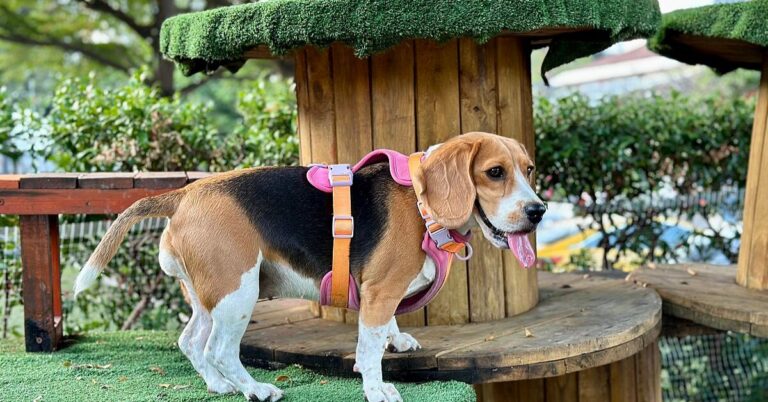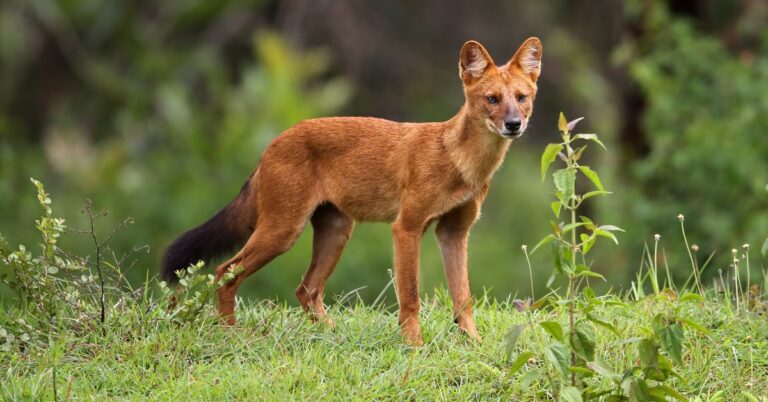How Dogs Are Quietly Changing Our Spiritual Lives
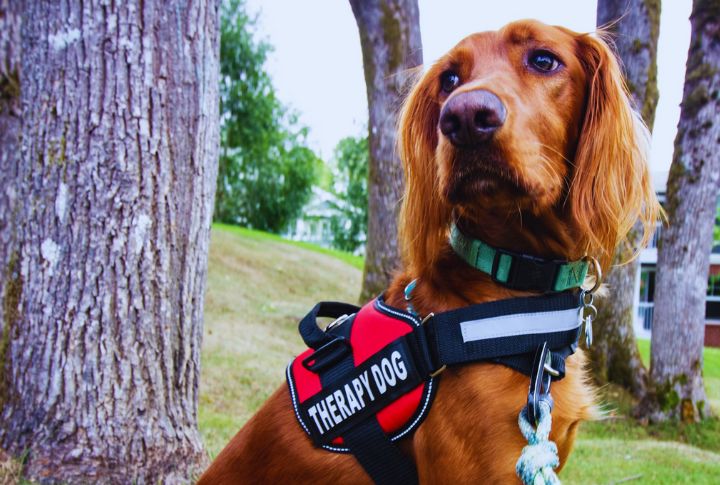
Dogs are becoming part of spiritual life in new and quiet ways. Their presence brings comfort, connection, and meaning during moments of loss and prayer. As roles shift across cultures and traditions, these animals are leaving a deeper mark. Here are ten ways dogs are changing our spiritual lives.
Guiding Souls In Ancient Beliefs
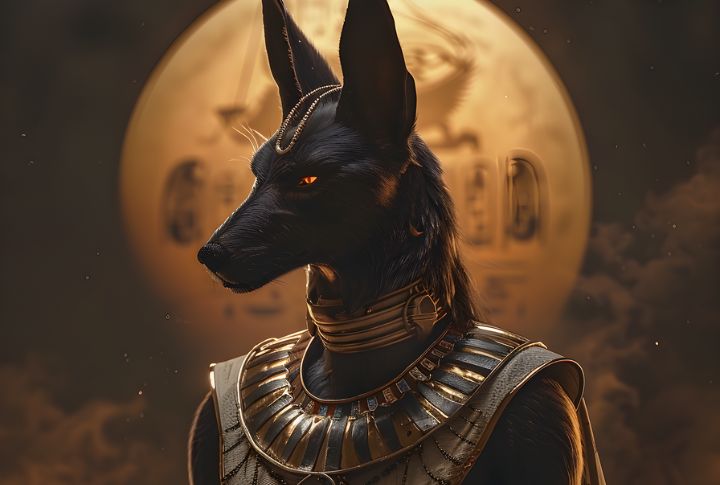
In Aztec and Egyptian traditions, dogs guided souls to the afterlife, like the Xoloitzcuintli or the god Anubis. Today’s pet memorials echo these ancient roles, using ritual and symbolism to honor dogs as spiritual guides and preserve their lasting bond beyond death.
Symbols Of Purity In Sacred Texts

In sacred teachings, dogs often symbolize devotion. For example, Zoroastrians involve them in death rites, believing their gaze purifies. Hindus, for instance, also offer food to temple dogs, honoring Bhairava. Across continents, dogs consistently mirror the sacred, as they are respected as protectors and reflections of divine loyalty.
Comforting Presence In Grief Counseling
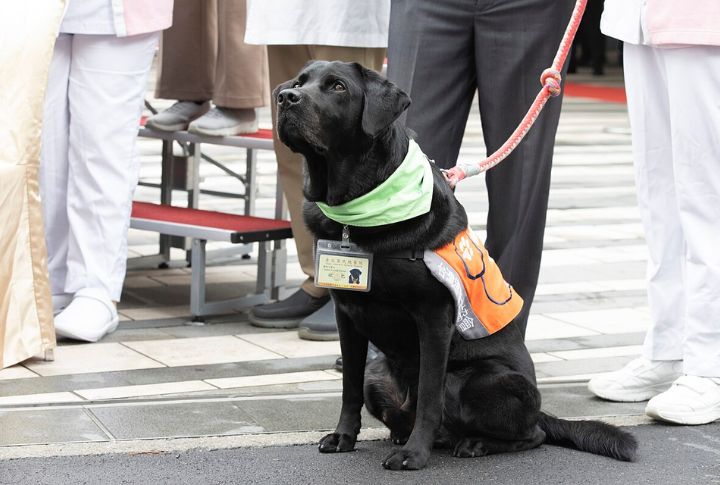
In funeral settings, therapy dogs provide quiet support at critical emotional moments. They instinctively sense when to remain still and when to offer gentle contact, such as resting a paw on a mourner’s knee. These small gestures often help individuals move from intense grief to a sense of calm and emotional grounding.
Sacred Figures In Indigenous Rituals
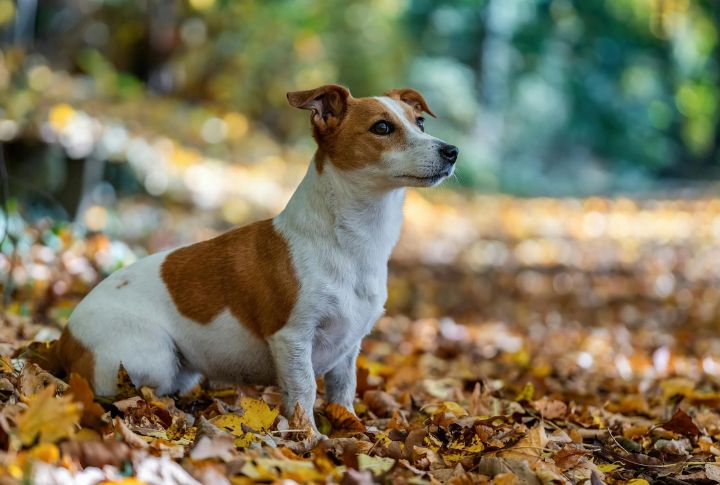
In Indigenous communities, dogs walk beside humans in both ritual and memory. A Cherokee elder might say a dog guards your dreams, while Dine healers bless spaces where these dogs once slept. Traditions like this honor dogs as enduring symbols of ancestral wisdom and connection.
Participants In Modern Religious Ceremonies
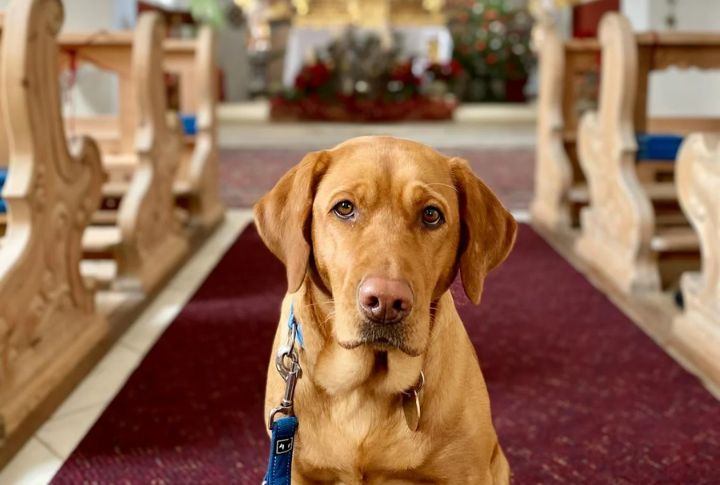
Many faith communities now recognize the spiritual bond between people and their pets. In modern religious ceremonies, dogs are welcomed as active participants—blessed with holy water during pet blessings, serving as ring bearers at weddings, or even accompanying their owners at the altar.
Central Figures In Pet Loss Rituals
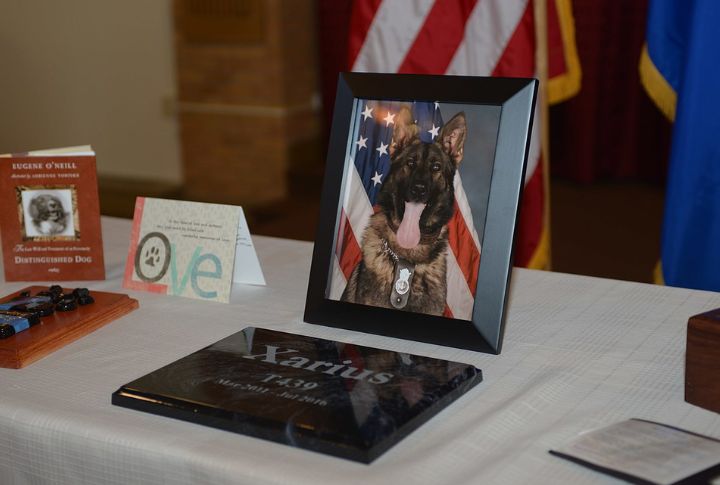
Losing a dog doesn’t end the bond. People now hold goodbye ceremonies, write personal eulogies, and choose eco-friendly urns to honor them. These acts aren’t just about grief—they help turn love into ritual, creating space for healing and giving dogs a lasting place in the story of the soul.
Dogs As Emotional Anchors In Hospice Care
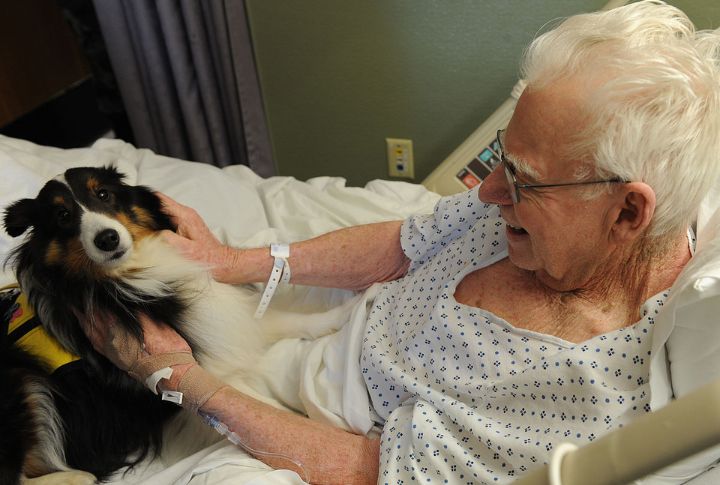
In hospice settings, dogs provide comfort to patients nearing the end of life. Their presence helps ease anxiety, offering a sense of peace and companionship. Some facilities even have resident therapy dogs that stay with patients during their final moments, reinforcing the idea that no one should pass alone.
Companions In Monastic Life
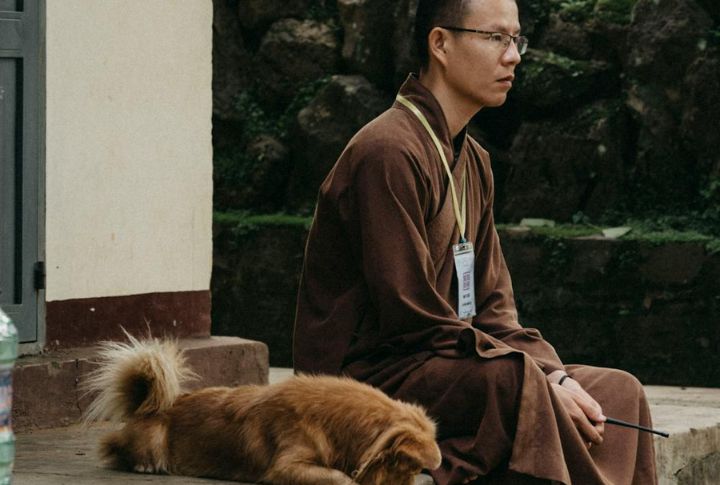
Across monasteries from Greece to the Catskills, dogs quietly support spiritual life. They join monks in daily routines and equally offer companionship and protection. Beyond that, dogs symbolize loyalty and devotion, as their presence fosters mindfulness and peace. These animals blend practical roles with emotional support.
Dogs And Their Role In Memorial Art
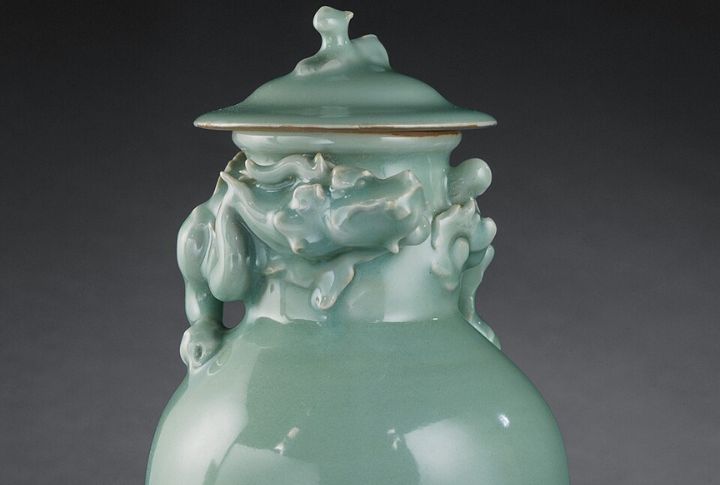
From ancient tomb carvings to modern pet memorial sculptures, dogs have been immortalized in art as symbols of loyalty and remembrance. Today, grieving families commission paintings, statues, and even digital tributes to honor their departed pets, ensuring their presence remains woven into their lives.
Messengers In Mythology And Folklore
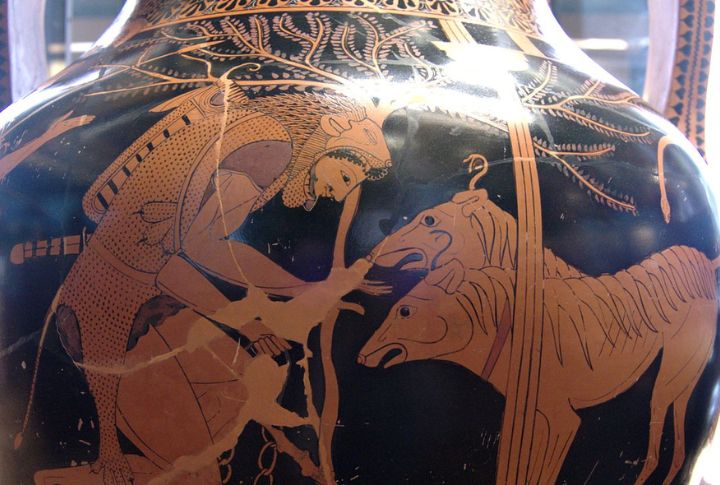
Across mythologies, dogs speak. For instance, Cerberus guarded Hades, and Garmr howled before Ragnarok. African folktales tell of dogs sent by gods. Such stories place dogs at cosmic crossroads. So, when you tell your child their dog is watching from above, you echo tales older than books and even cities.

